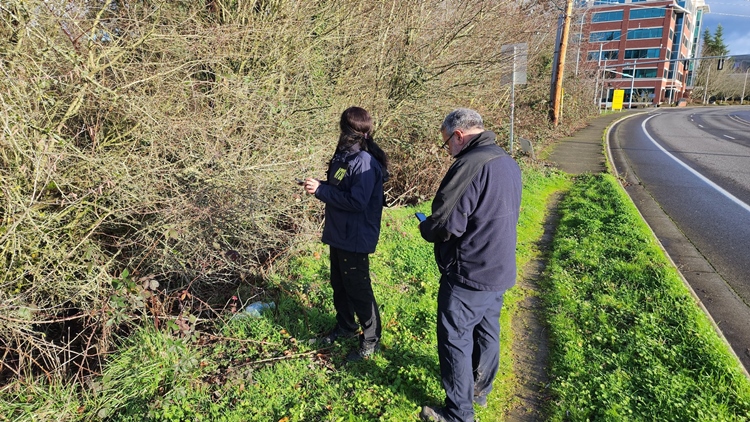iPhone Survives 16,000-Foot Fall in Plane Accident
An iPhone miraculously remained functional after falling from an Alaska Airlines Boeing 737 Max 9, which experienced an accident that caused it to lose a door plug at an altitude of 16,000 feet.
The incident occurred on January 5, 2024, prompting emergency landing procedures for the plane en route from Oregon to California. The unplanned door plug detachment resulted in the ejection of various items, including the iPhone, due to the force of the wind.
Sean Bates discovered the device near a road close to a forest in Oregon, USA. He shared the discovery on X (formerly known as Twitter), expressing his surprise at finding the iPhone in relatively good condition. He initially doubted its functionality but found it unscratched and without a screen lock. Sean opened the device to find it in airplane mode with travel confirmation and baggage claim information for Alaska 1282.

The National Transportation Safety Board (NTSB) announced that any items found from the plane should be returned to their office, and they would handle the return to Alaska Airlines.

The remarkable survival of the iPhone is attributed to physics, particularly air resistance. Duncan Watts, a post-doctoral researcher at the Institute of Theoretical Astrophysics at the University of Oslo, explained that the iPhone’s fall was slowed down by air resistance, resulting in a terminal velocity where the gravitational pull is balanced by air resistance.

If the iPhone falls with its screen facing the ground, it experiences significant drag, but if it falls straight up and down, there is less drag. Watts emphasized that the phone would tumble during the fall, experiencing wind resistance that provides an upward force.
In terms of speed, a phone dropped conventionally reaches a terminal velocity of 10 mph when hitting the ground. However, falling from an airplane could increase its speed to around 50 mph. The type of surface the phone lands on is also a crucial factor. If it lands on a grassy patch, it has a better chance of surviving the fall compared to hitting a hard surface like rocks or concrete.
